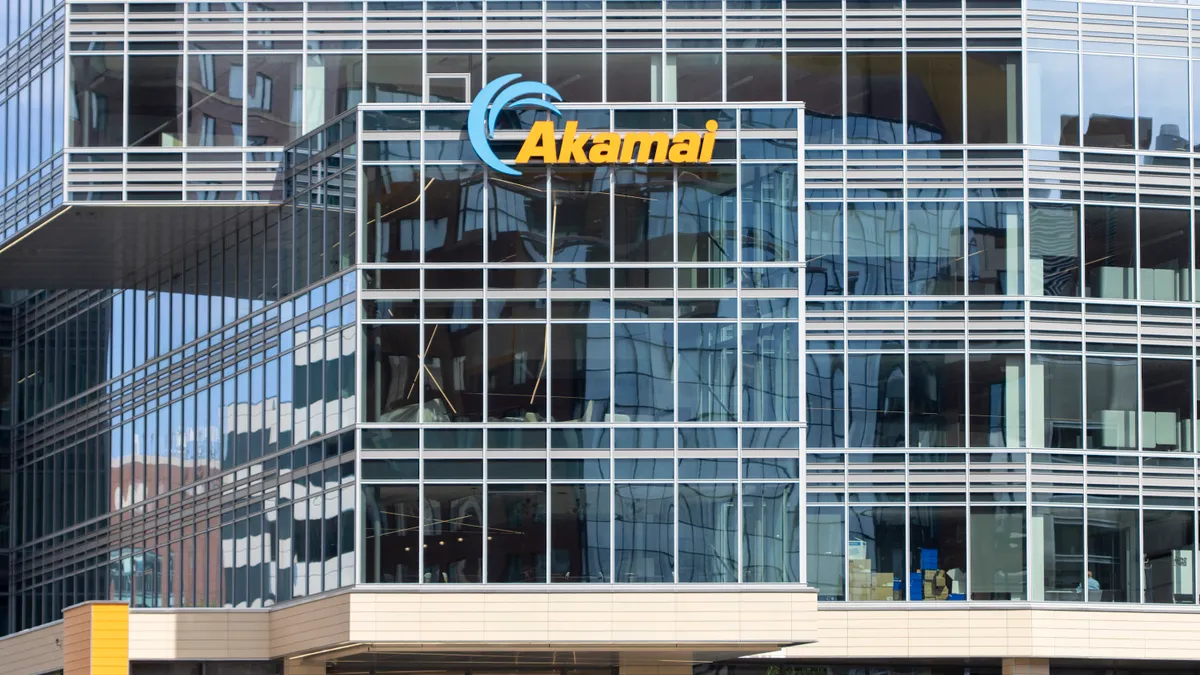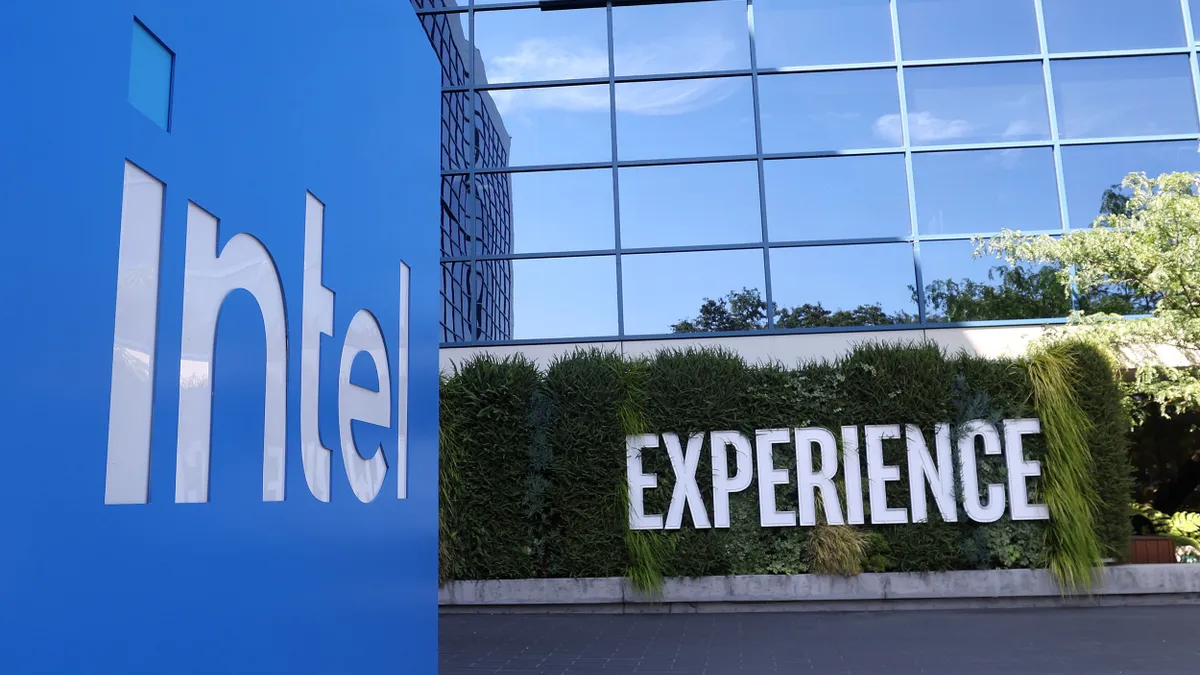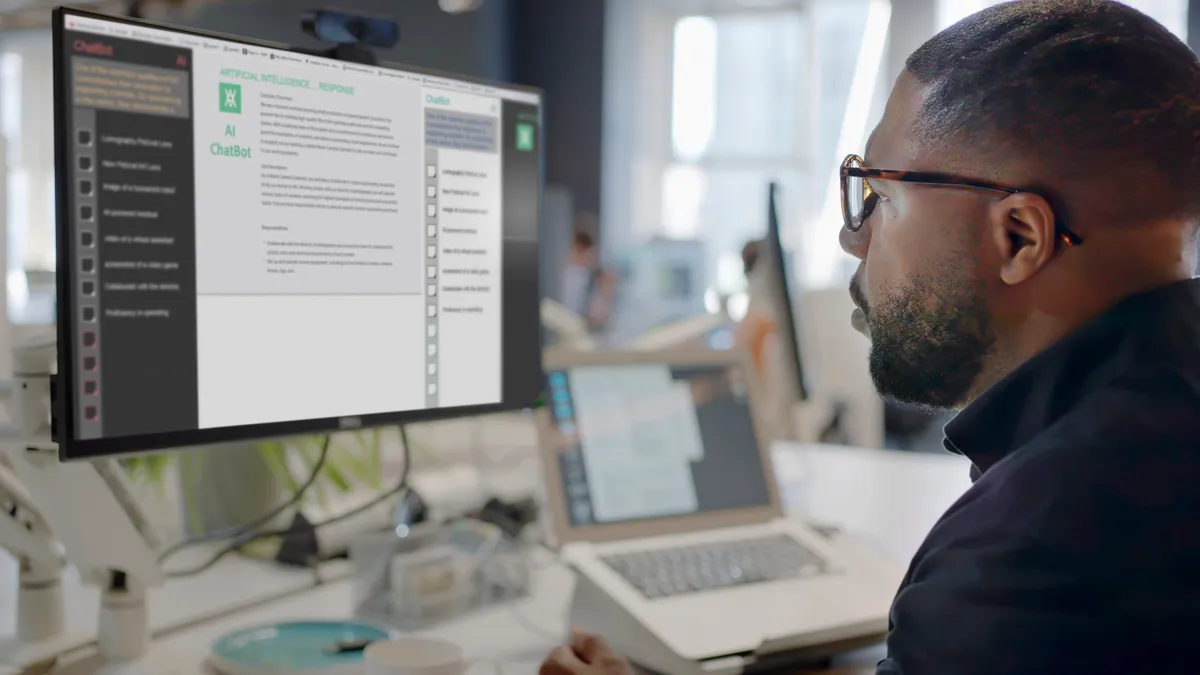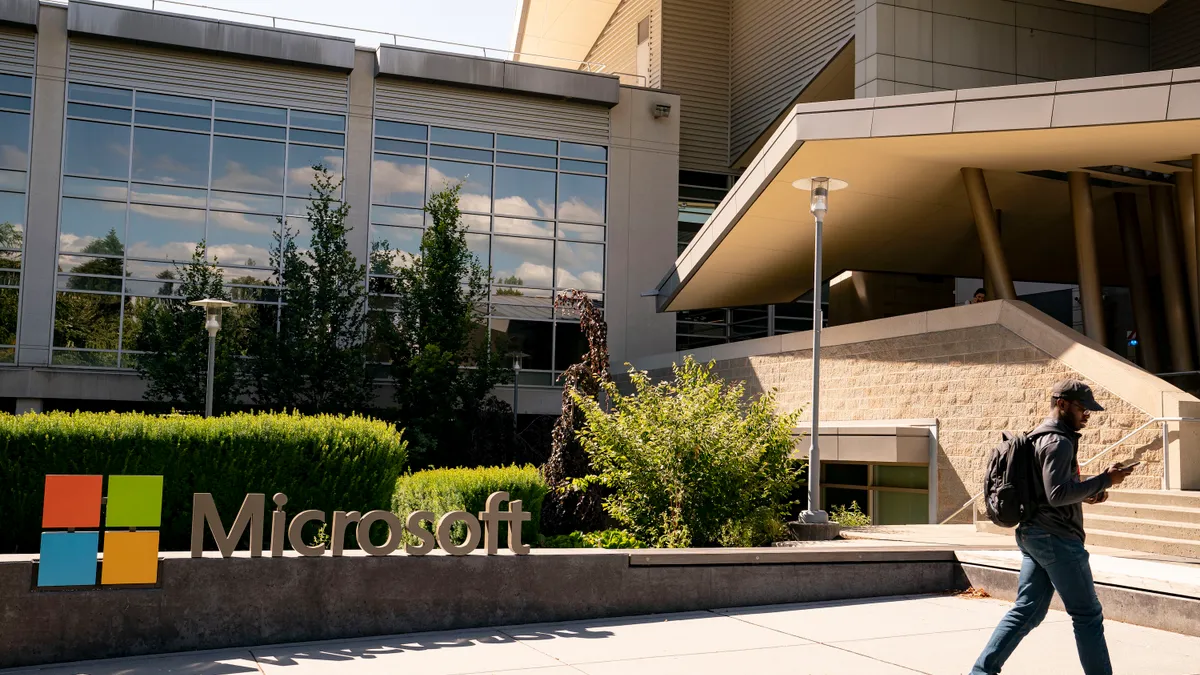Editor’s note: The following is a guest post from Petra Goude, global practice leader for core enterprise and zCloud at Kyndryl.
Technology leaders are under increasing pressure to update IT systems, but most are falling short of their objectives despite the urgency to modernize. Most modernization efforts flounder, fail or miss their ROI targets — often taking twice as long and costing twice as much.
The issue often lies in the temptation to transform with a big bang, where organizations try to reinvent everything all at once. This approach risks squandering previous investments, misaligning execution with technology adoption and ultimately exceeding the intended scope and the business’ capacity to change.
In short, they take on too much too fast.
Kyndryl’s Readiness Report reveals an emerging paradox in modernization: While 90% of leaders are confident their IT infrastructure is best-in-class, just 39% believe their IT is ready to manage future risks.
Although almost all leaders say modernizing their business is a high priority to mitigate risk, less than one-third feel their organization is leading when it comes to modernization and using innovative tech to drive business outcomes.
More troubling, the data also confirms that leaders need more support in aligning IT modernization efforts with business application owners, acquiring and training staff for new technologies and integrating new tech into existing infrastructure.
Given the complexity and high stakes of IT modernization — especially with hybrid environments consisting of mainframes, private and public cloud — here are five recommendations to ensure a successful IT modernization strategy:
1. Focus on business outcomes, not just technology
There is a growing digital divide between modern business needs and the IT capabilities ready to support them. IT teams often focus on the technology without considering the direct impact on business outcomes.
Clarifying the value each technology investment brings to the business and driving strong alignment is paramount to realizing the benefits of digital transformation initiatives. Maintaining a focus on continuous innovation and ROI is essential to achieving significant incremental value for the business.
2. Adopt a pragmatic and holistic approach
Instead of pursuing a risky big-bang approach, it is recommended to deploy an agile and continuous hybrid IT modernization model that breaks down the transformation into manageable phases — taking into account constant business, technology and regulatory challenges.
Modernization projects must consider the operating model and supporting processes, along with technology. Take a pragmatic approach to continuously drive benefits with incremental improvements (we call this “Run-Transform-Run”) and be able to course-correct as needed.
3. Put the right workload on the right platform
Take an application-by-application approach to ensure that each workload lands in the right place – whether that is on mainframe, on-premises private cloud, public cloud or multi-cloud.
Most enterprise applications tend to cross IT platform boundaries to deliver value to users and customers. Hybrid IT environments can be very complex and require seamless integration, continuous optimization and robust management.
It is not about just moving everything to the cloud or retaining all workloads on mainframes – leaders need to assess and transform each application component to the right platform at the right pace.
4. Leverage AI and data-driven insights
Derive operational AI insights from the IT environment to help identify the optimal target platform for each workload.
For example, IT cost and asset data extracted from distributed, public or multi-cloud environments can help discover software and hardware redundancies and identify opportunities to rationalize deployments across the hybrid IT estate.
Mainframe batch metrics also provide the ability to discover where the most consumption is and how to optimize and reduce that work to minimize cost and drive efficiencies.
5. Invest in the right talent and skills
Successful IT transformation is as much about people as it is about technology.
Ensure you have experts with skills relating to cloud, mainframe and application modernization, as well as security and risk management, to execute the transformation. You need skills across all platforms and from the application layer down through the infrastructure.
The business must embrace a security and risk management mindset all the way through.
If the organization lacks the right skills, leverage the work of an external services provider who can advise on and deliver secure, compliant and resilient IT environments tied to business outcomes and strategic imperatives.
Ultimately, no business can remain competitive by standing still. Talent is the best bulwark against risk — and the best lever for opportunity. The key to staying competitive is not to rush transformation, but to make thoughtful, data-driven decisions that align with long-term business goals.
Modernization is an investment in future-proofing the organization — one that drives growth, efficiency and innovation.



















